
2022 KTM RC 390 Walkaround Video | Exhaust Note, Price, Features &...
- Jun 6, 2022
- Views : 9033

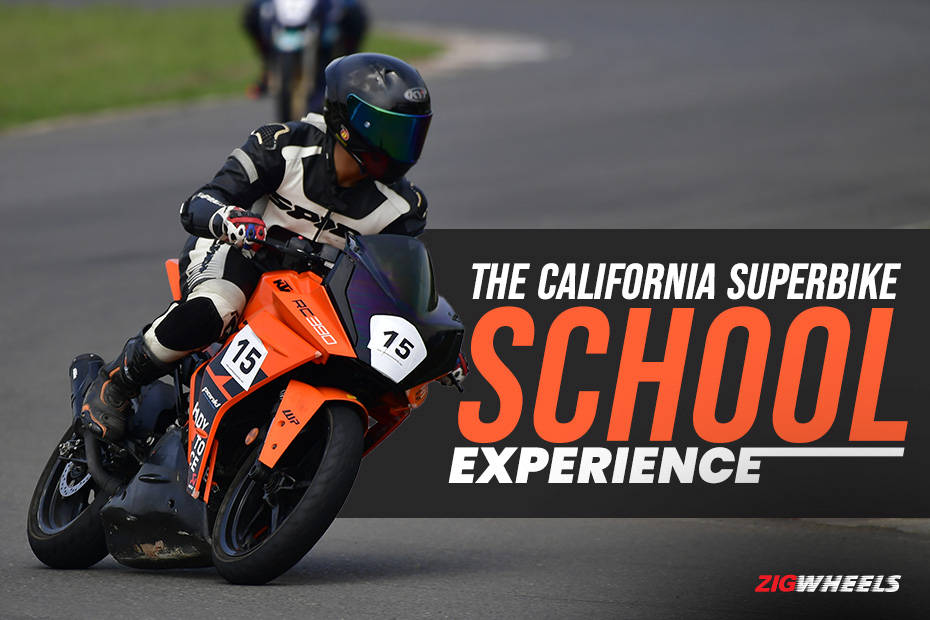
Ever since I was a kid, riding on a racetrack has been a farfetched dream. Riding on a piece of tarmac with exceptional corners, no distractions whatsoever, and under expert eyes is a dream of every motorcycle enthusiast. My dream came true last weekend when I attended the Level 1 of California Superbike School (CSS).
Before attending CSS, the most fun I have ever had riding a motorcycle was in the ghats just outside Pune. That said, the feeling of riding on a racetrack is completely different. The feeling of nervousness and excitement meant I had a few sleepless nights just before the track day. That didn’t matter as adrenaline was coursing through my veins way before the track day.
Before going to the track, a colleague suggested I watch Twist of the Wrist documentary by Keith Code – the founder of CSS. The documentary gave me an idea of what I would be learning at CSS. Even if you’re not planning on attending CSS yourself, I’d recommend everyone to watch it for the sheer love of motorcycling.
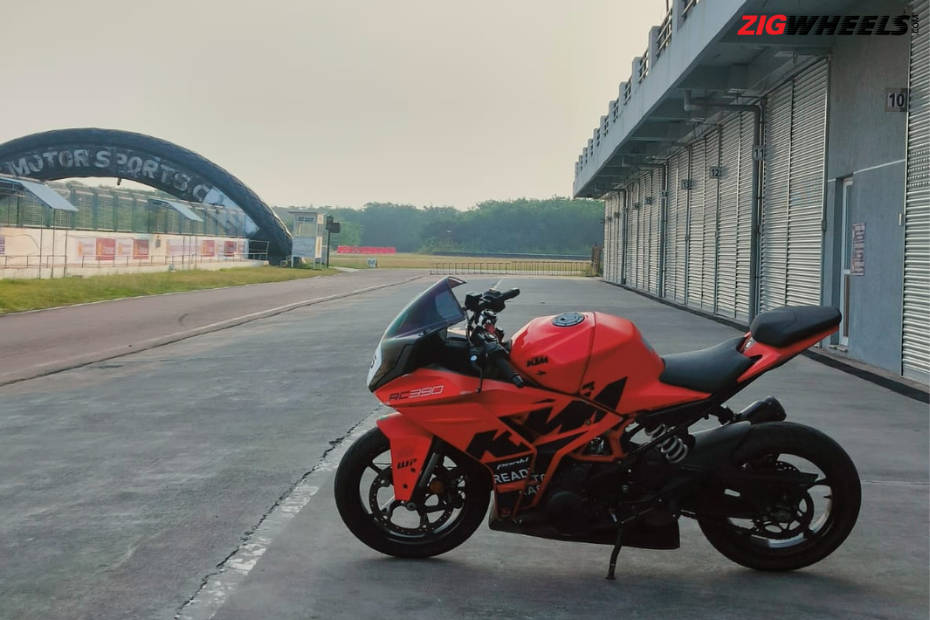
The school was held on January 27, 2025 at Madras Motor Race Track in Tamil Nadu. The day started early; we reached the track at 6:30am. At 7am the riders were divided into three groups: White, Yellow and Green, just to make it easier to control who went out and who was in the classroom. My motorcycle for the day was the KTM RC 390.
Level 1 is divided into 5 sessions. Each session has two parts – classroom training and track riding. Every session had a debriefing time at the end. The classroom training was led by Dylan Code, son of Keith Code. Track sessions had multiple coaches, and I was being coached by Chris Sherring, an expert motorcyclist from the United Kingdom.
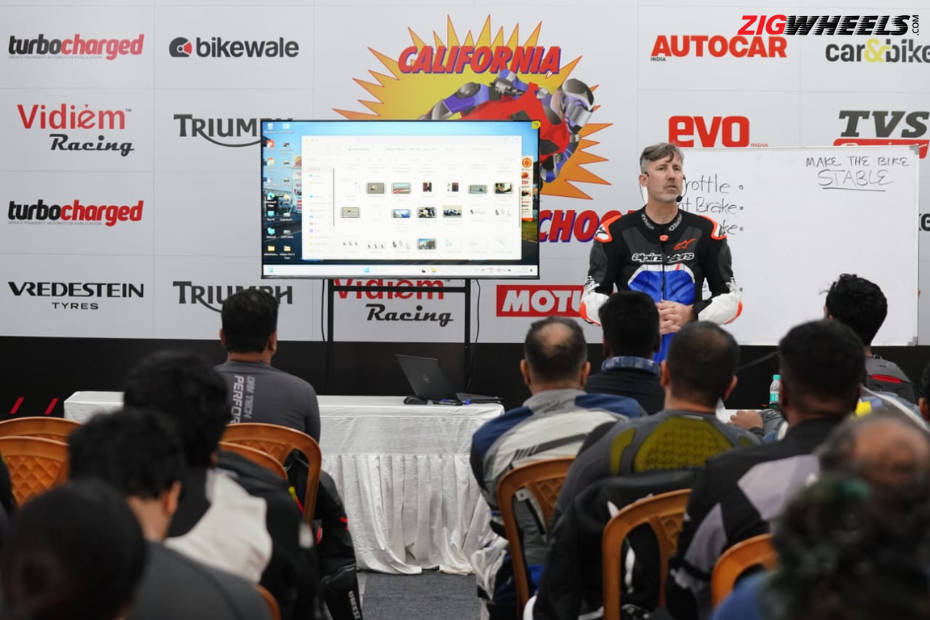
The importance of throttle control was the first drill of the day. Whether you are riding in the city, on the highway, in the twisties, offroad, or on the track, having complete control over throttle is paramount. It can quite literally mean the difference between life and death. In this session, we were asked to ride around the track, using only the fourth gear on the bike – we could neither upshift nor downshift, nor use our brakes. We had to control the bike’s momentum using only our throttle. Riding coaches would follow their respective groups throughout the session. Whenever they felt someone needed guidance, they would fly past the students and give them hand signals to open and close the throttle. As circumstances would have it, I managed to get a few one-on-one sessions with Chris during the course of the day. This was followed by session debriefing, after which the next session commenced.
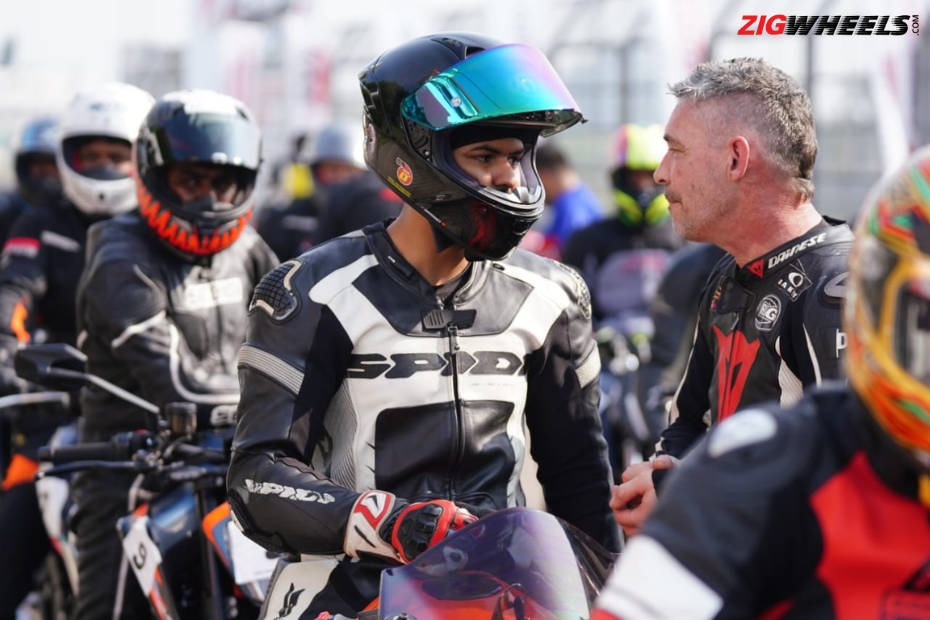
the automobile community
The second session was about turn in points. Knowing when to turn is very important as if you turn in early or late, you will run wide. To help us find a relatively straight line through the corner, markers were placed on the entry, apex, and exit points. The second session allowed us to understand when to turn in at the right time so we can hit the apex at the right time with all the correct inputs.
The third session of the day was called ‘Quick Turning’ which strengthened the counter-steering skill. The agenda was to push the inside of the handlebar to initiate a turn. What this allows for is having a lesser lean angle and allowing for us to get on the throttle earlier. This was the first time I was ever counter steering consciously, which was agitating in the beginning but the advantages were evident after a few laps. A motorcycle is naturally stable when it is in motion, it is the rider’s job to make it unstable for allowing it to turn.
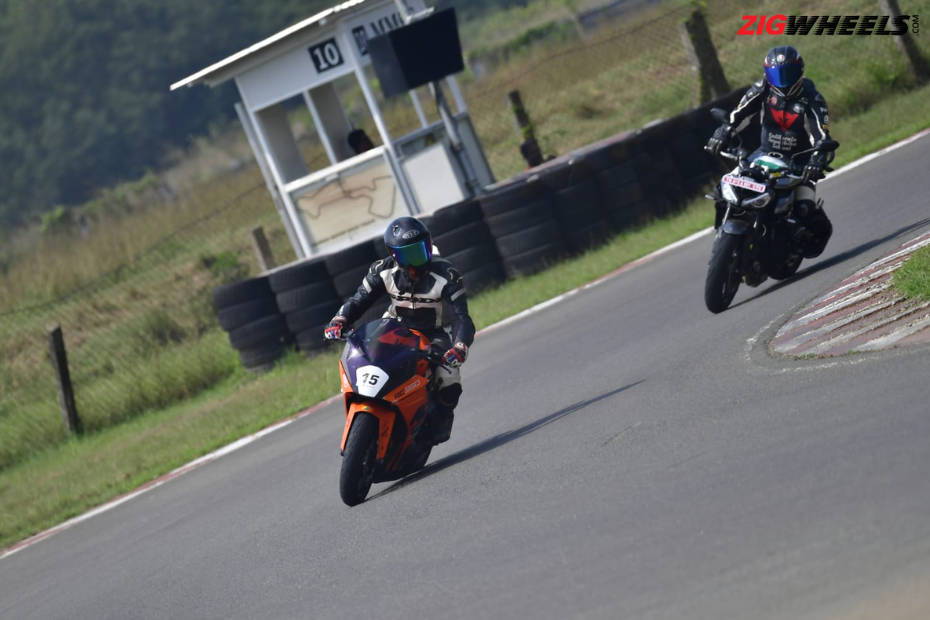
The fourth drill of the day was ‘Rider Input’. The agenda was to hold the motorcycle firmly with your legs and maintain a stable core while keeping your elbows and arms relaxed. Having a loose grip over the handlebars allows you to steer the bike more effectively and maintain a smooth line through a corner. My self-confidence on the motorcycle increased drastically after this session as I could spot significant improvements in myself as compared to the previous three sessions.
The last session of the day was about vision. You go where you look and this is exactly what you do on the roads as well. ‘Two-Step Turning’ was the name of this session and the agenda was to look at the marker points placed on the track. The objective being, when you reach them, look at the apex and where you want to go rather than looking too close or too far down the road. Our body follows where we look and this drill improved the line which we took. This drill helped in maintaining an accurate line through the corner with a clear direction in my mind.
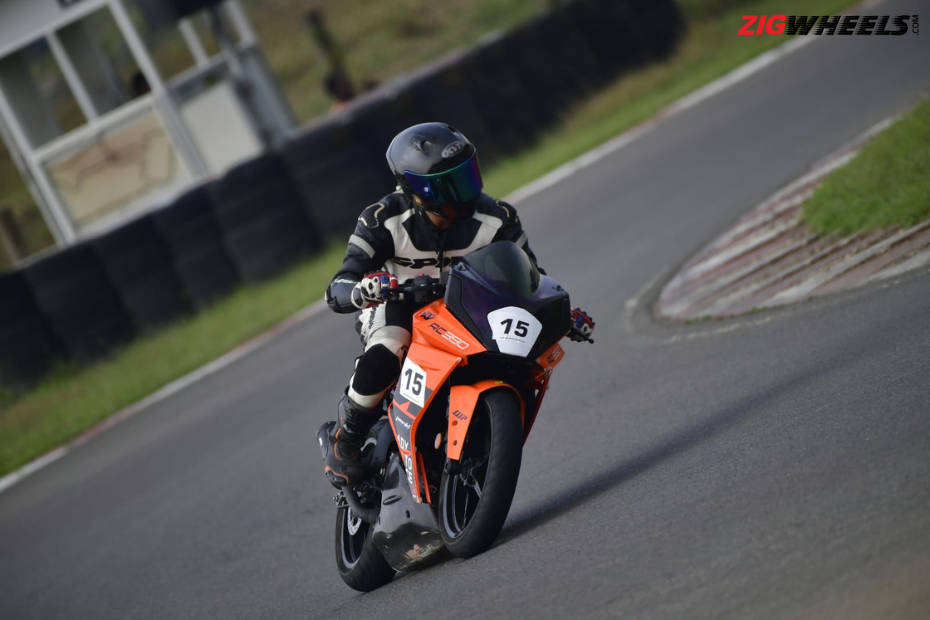
That concluded the level 1 of CSS; knowing that my time at the track was over, for now, my happiness knew no bounds. Chris would push me session after session pointing out where I went wrong while always having a few nice things to say. This improved my confidence leaps and bounds as each session passed. Riding on a race track is an awesome feeling which is very hard to describe in words. But learning how to ride on a racetrack from the best in business is a different experience altogether. Whether you are a young lad with a 150cc sportbike or a seasoned veteran with a cruiser, it's never too late to learn how to ride correctly and there’s no safer place to do so than a race track. Attending Level 1 of CSS just increased my desire to attend the Level 2 and 3 sessions. And to achieve this, it just means saving more money to go back and learn how to be a better, safer and a faster rider.
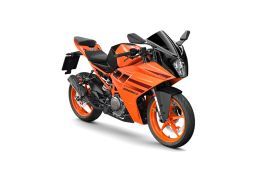

2022 KTM RC 390 Walkaround Video | Exhaust Note, Price, Features &...

BREAKING: 2024 KTM RC And Adventure Range Launched With New Colours

KTM Unveils 2024 RC Lineup Globally

Inaugural KTM RC Cup: What Is It Like To Race The RC390 At MMRT

SPIED: First Look At Next-Gen KTM RC 390 And RC 125

KTM Gives Its Supersports MotoGP Treatment In India

Two Of The Best Sub-400cc Supersports Go Head-to-Head On Paper

2022 KTM RC 390’s Real-world Performance

Kawasaki Ninja 400 vs KTM RC 390 - Specs Compared
 Yamaha R3
Yamaha R3
 KTM Duke 390
KTM Duke 390
 TVS Apache RR 310
TVS Apache RR 310
 KTM RC 125
KTM RC 125
India's largest automotive community
 KTM Duke 390
Rs. 3.13 Lakh
KTM Duke 390
Rs. 3.13 Lakh
 KTM 200 Duke
Rs. 2.03 Lakh
KTM 200 Duke
Rs. 2.03 Lakh
 KTM 125 Duke
Rs. 1.81 Lakh
KTM 125 Duke
Rs. 1.81 Lakh
 KTM 250 Duke
Rs. 2.25 Lakh
KTM 250 Duke
Rs. 2.25 Lakh
 KTM RC 200
Rs. 2.17 Lakh
KTM RC 200
Rs. 2.17 Lakh